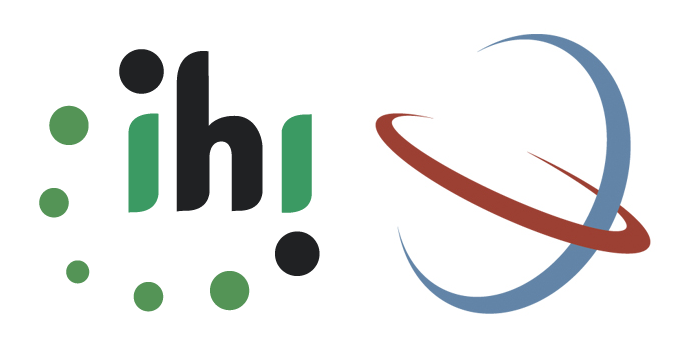References
1.
Mayer FW. ruODK: Client for the ODK central API
[Internet]. 2020. Available from: https://github.com/ropensci/ruODK
2.
Donoho D. 50 years of data science. Journal of
Computational and Graphical Statistics. 2017;26(4):745–6.
3.
Chambers J. Greater or lesser statistics, a
choice for future research. 1993;
4.
Maina J, Ouma PO, Macharia PM, Alegana VA,
Mitto B, Fall IS, et al. A spatial database of health facilities managed
by the public health sector in sub Saharan
Africa. Scientific Data [Internet]. 2019 Jul;6(1):134.
Available from: https://doi.org/10.1038/s41597-019-0142-2
5.
The
Turing Way Community. The Turing Way: A handbook
for reproducible, ethical and collaborative research [Internet].
Zenodo; 2022. Available from: https://doi.org/10.5281/zenodo.6909298
6.
Goldsmith J, Sun Y, Fried L, Wing J, Miller G,
Berhane K. The emergence and future of public health data science.
Public Health Reviews [Internet]. 2021;42. Available from: https://www.ssph-journal.org/articles/10.3389/phrs.2021.1604023
7.
Batra N. The Epidemiologist R
Handbook. 2021.
8.
Knuth DE. Literate Programming.
The Computer Journal [Internet]. 1984 Jan;27(2):97–111. Available from:
https://doi.org/10.1093/comjnl/27.2.97
9.
Harris JK, Johnson KJ, Carothers BJ, Combs TB,
Luke DA, Wang X. Use of reproducible research practices in public
health: A survey of public health analysts. PLOS ONE
[Internet]. 2018 Sep;13(9):1–12. Available from: https://doi.org/10.1371/journal.pone.0202447
10.
Baker M. 1,500 scientists lift the lid on
reproducibility. Nature. 2016;533:452–4.
